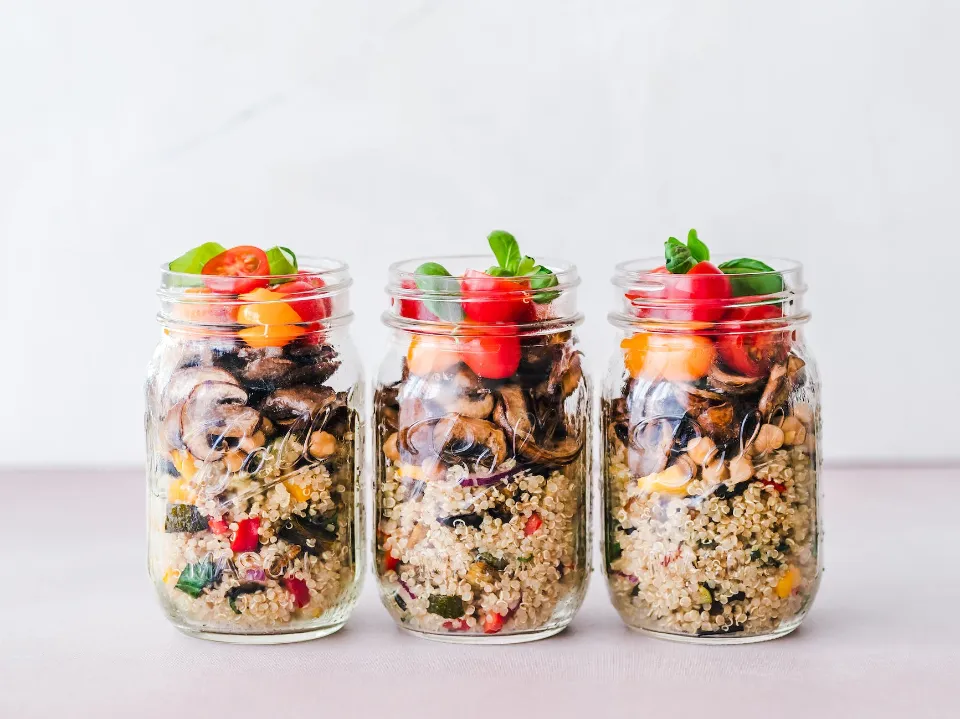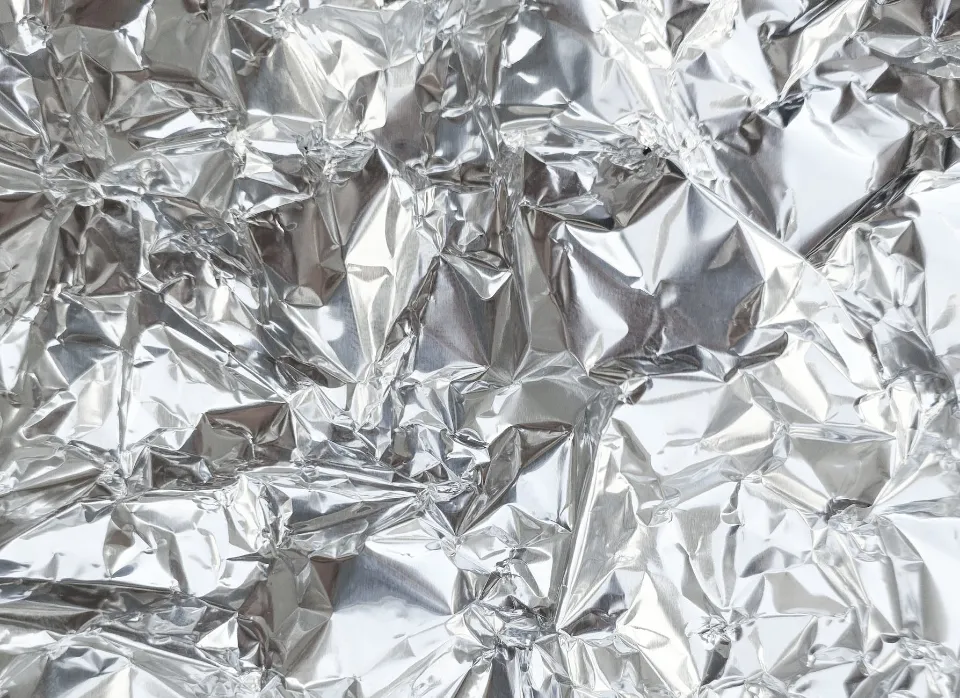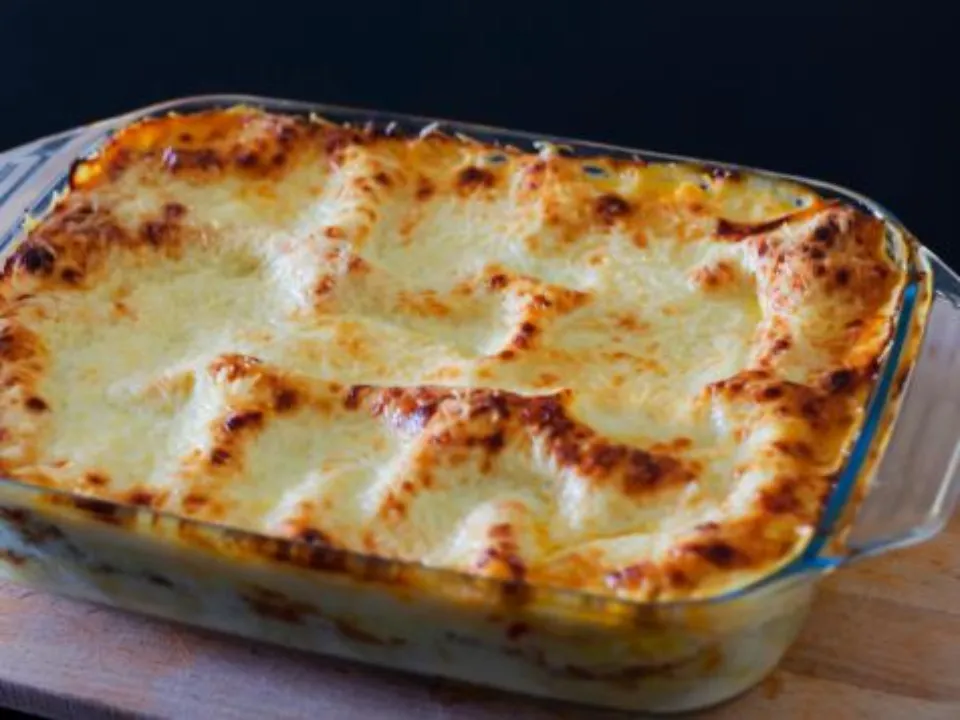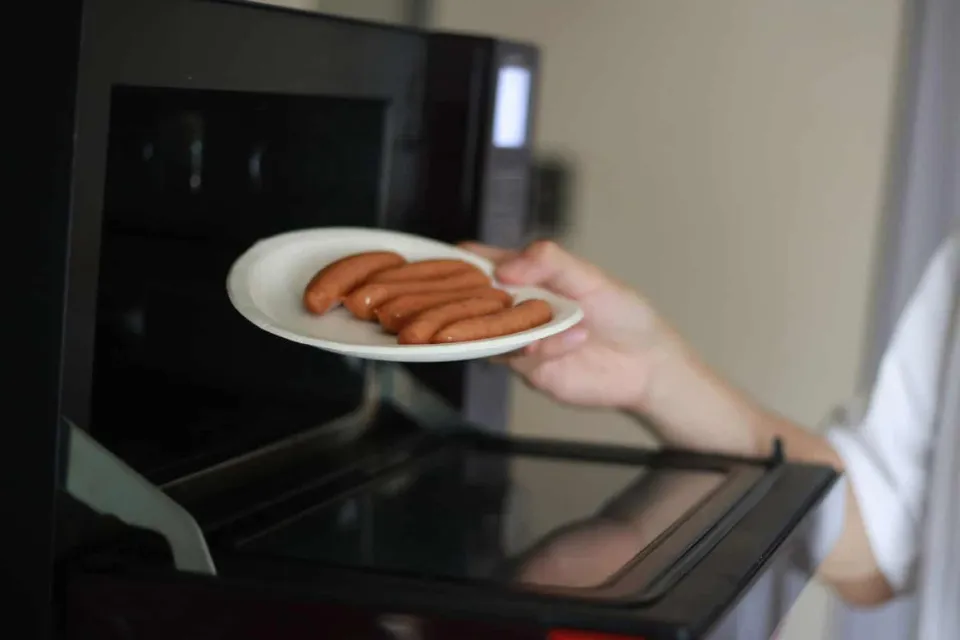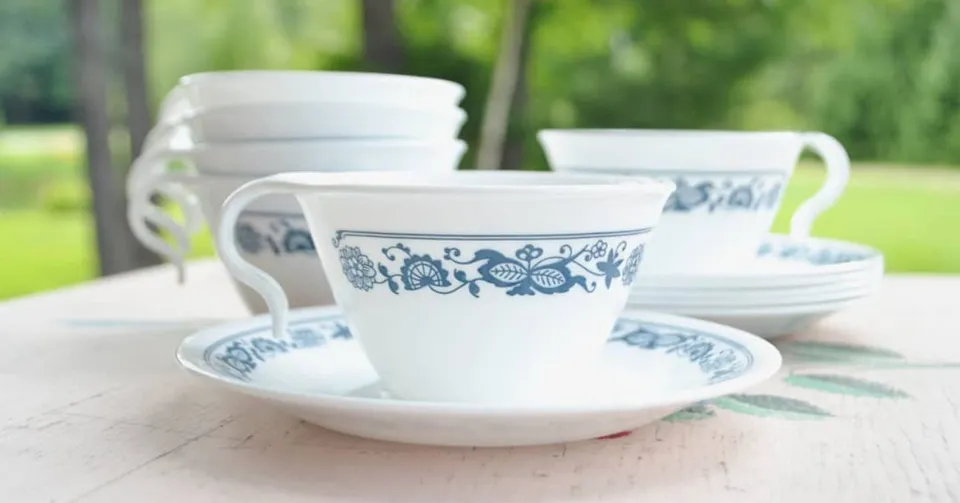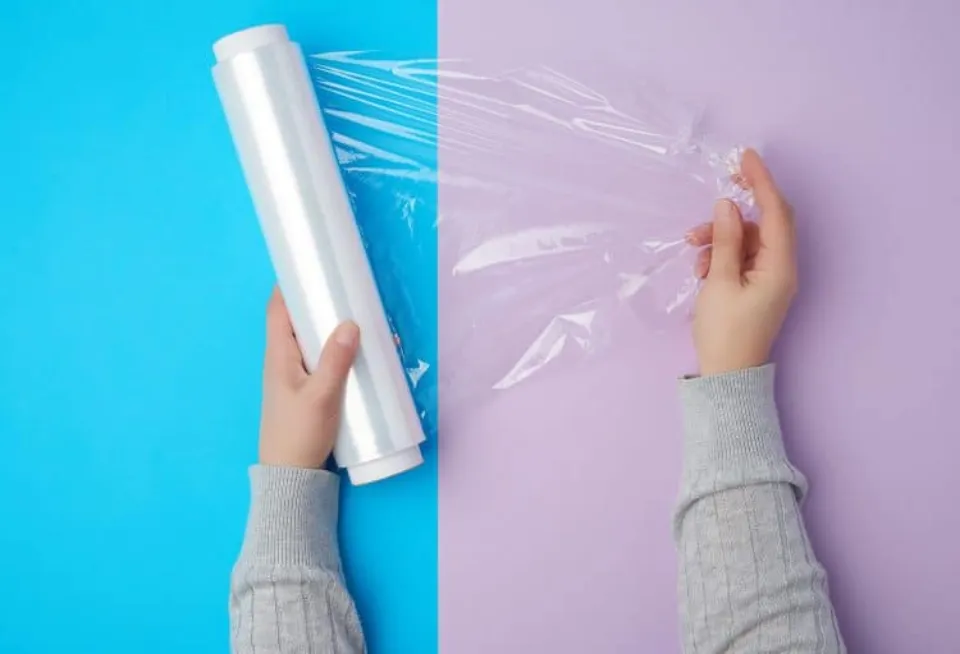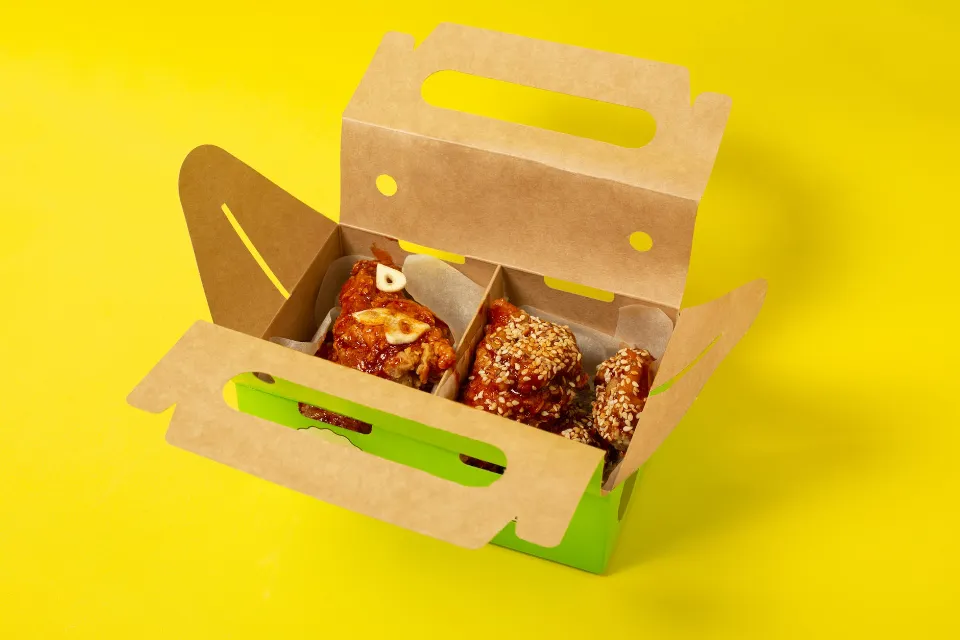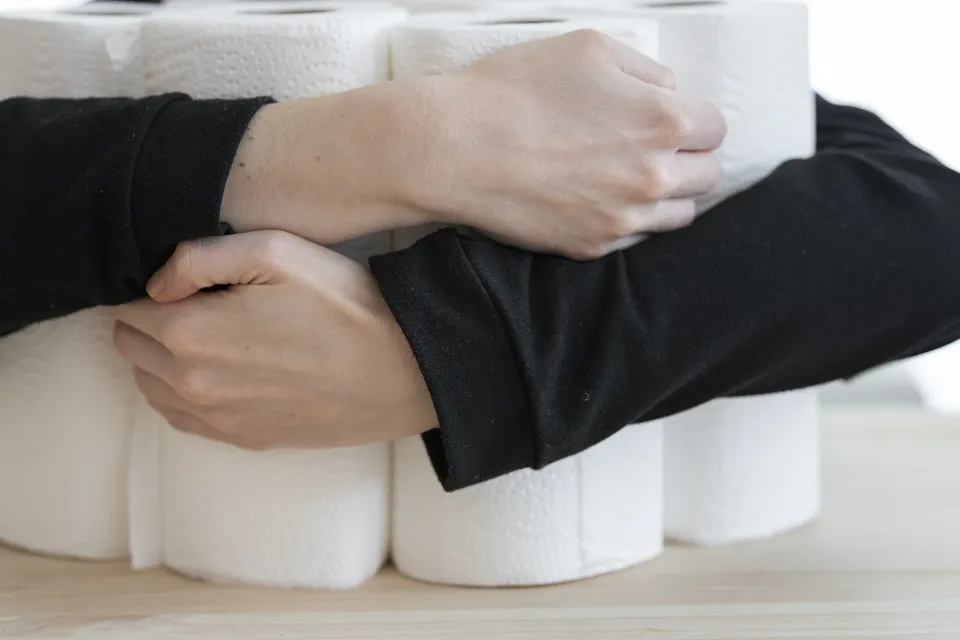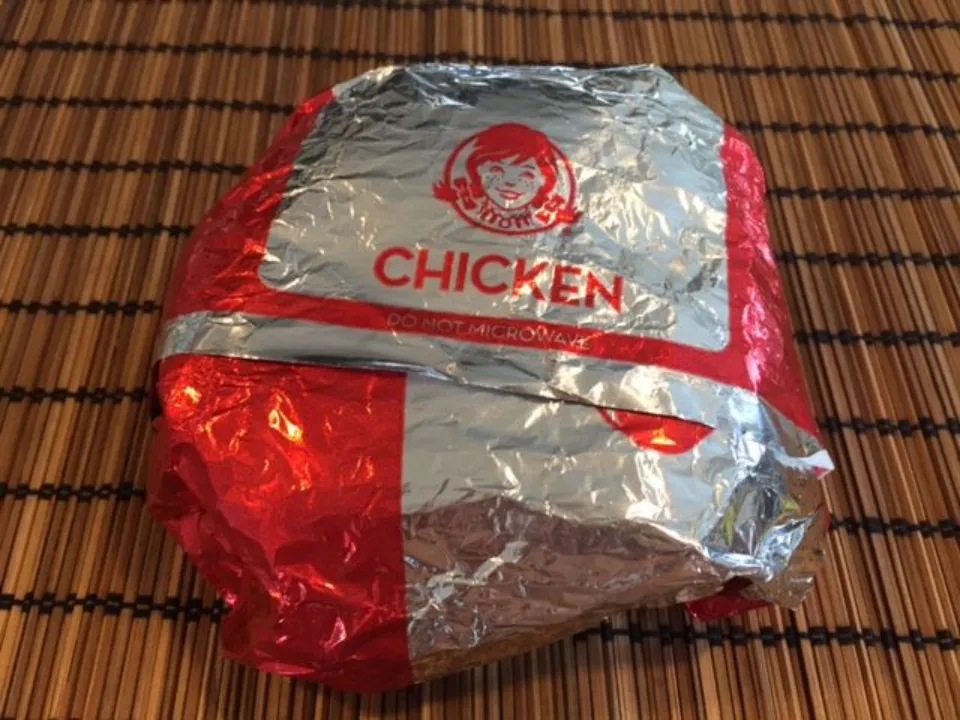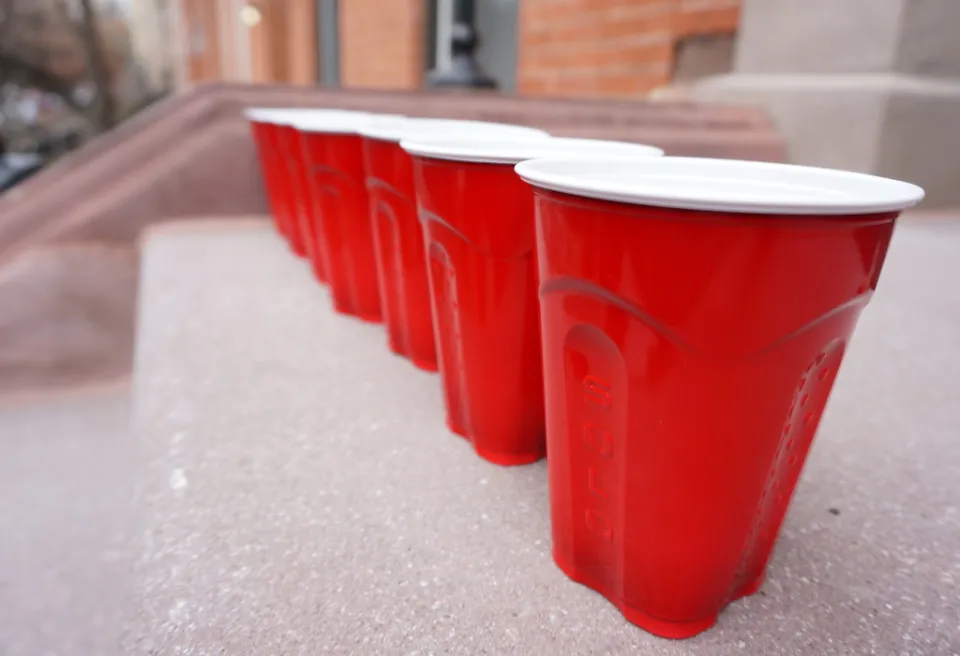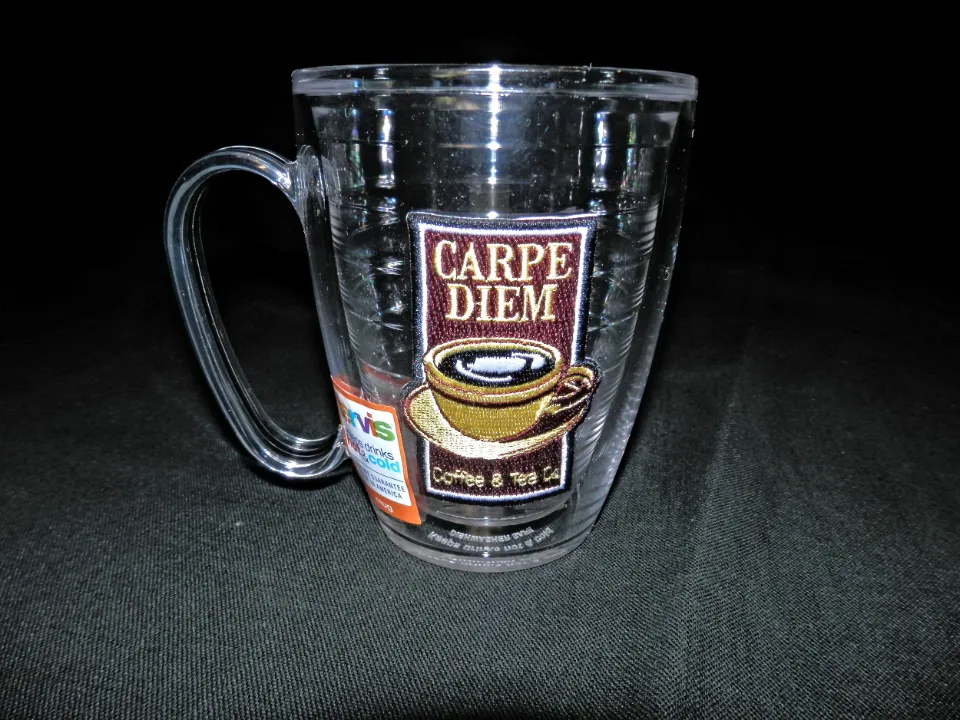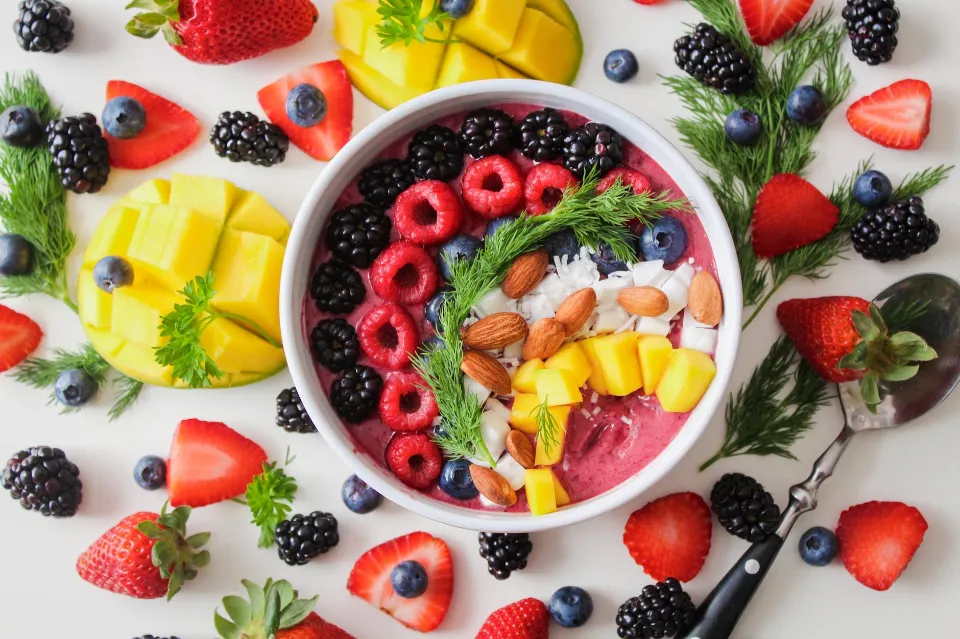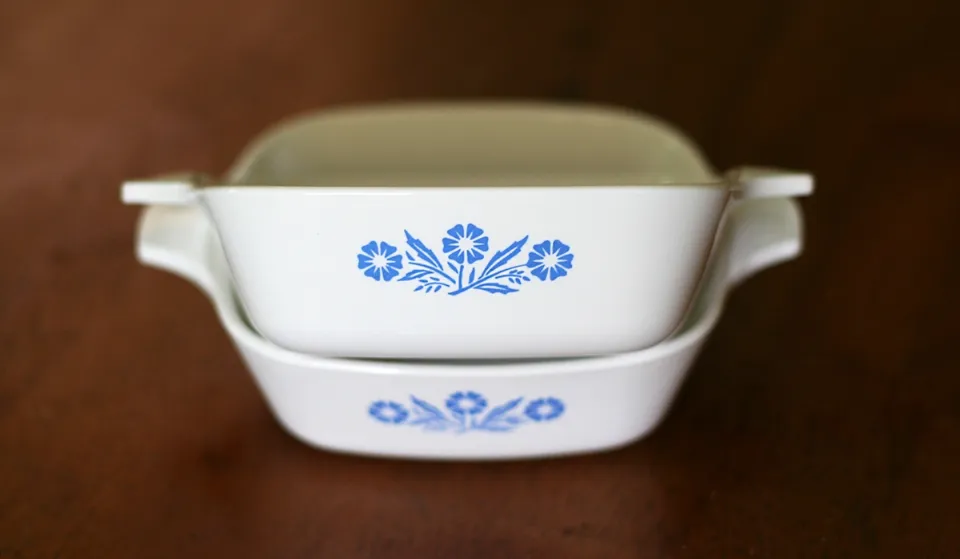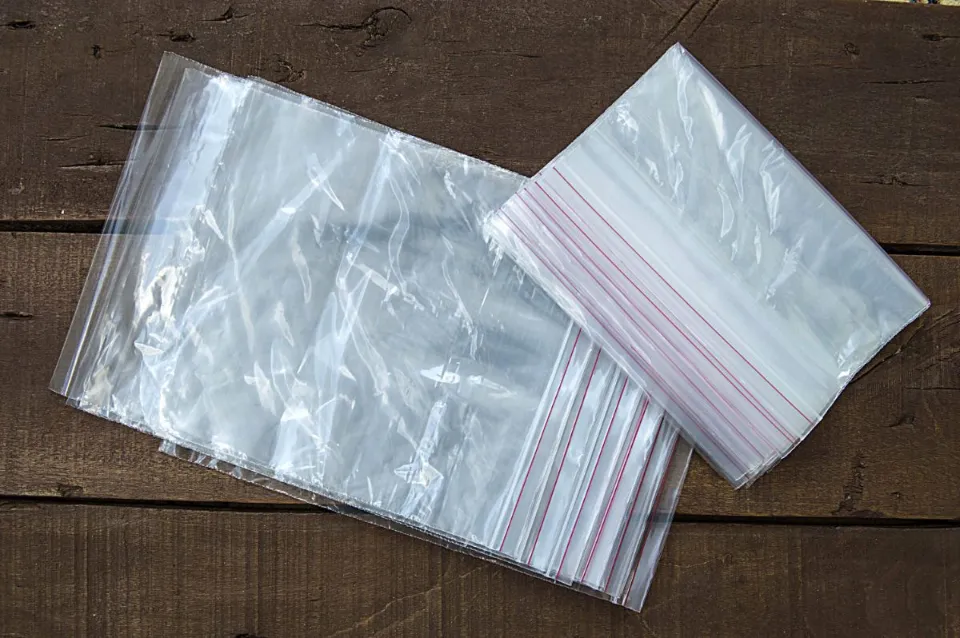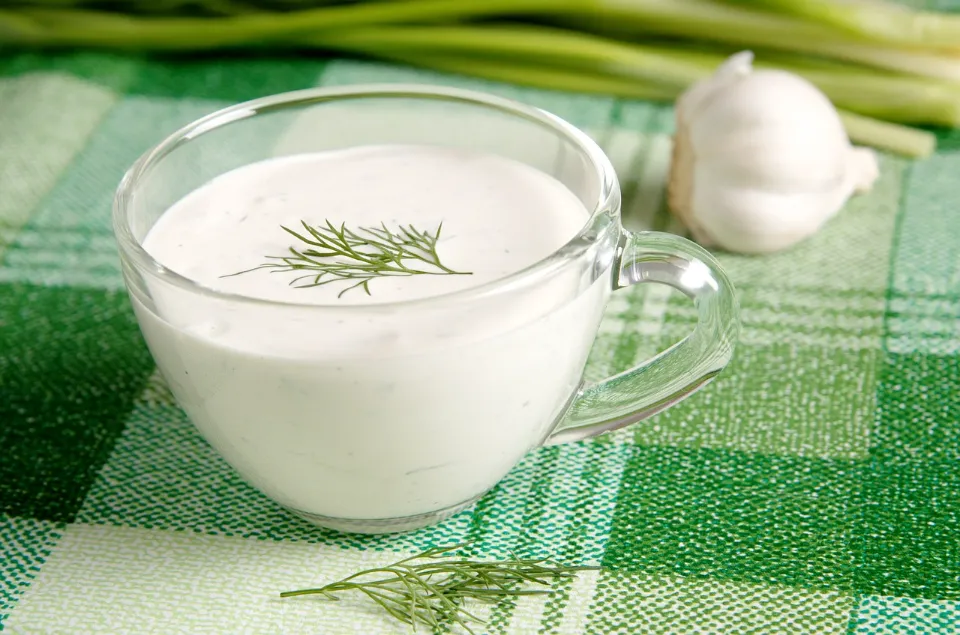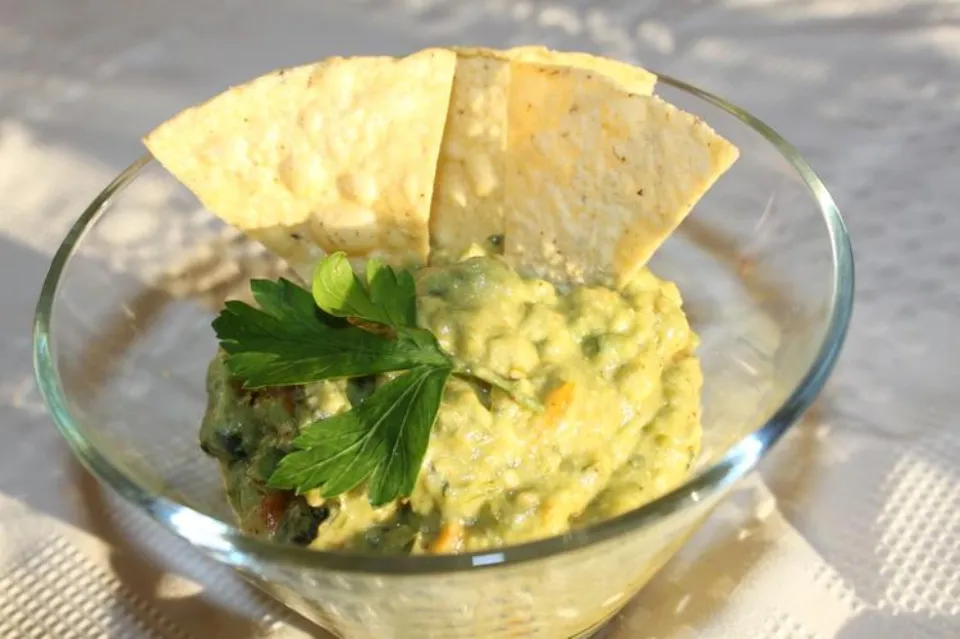Known for producing high-quality Ziploc containers and Ziploc bags frequently used for storing or packaging food, Ziploc is a well-known brand. Are the plastic bags safe to use in a microwave even though they are designed to maintain freshness, prevent food from spoiling, and reduce waste?
Ziploc bags can be heated in the microwave for defrosting and reheating but not for cooking. Due to the high heat, Ziploc bags should not be used to boil, steam, or cook food.
This article seeks to make it clear if these plastic bags are safe to use in a microwave or not. Answered below are frequently asked questions about Ziploc bags and if they are microwave safe or not.
Is It Safe to Microwave a Ziploc Bag?
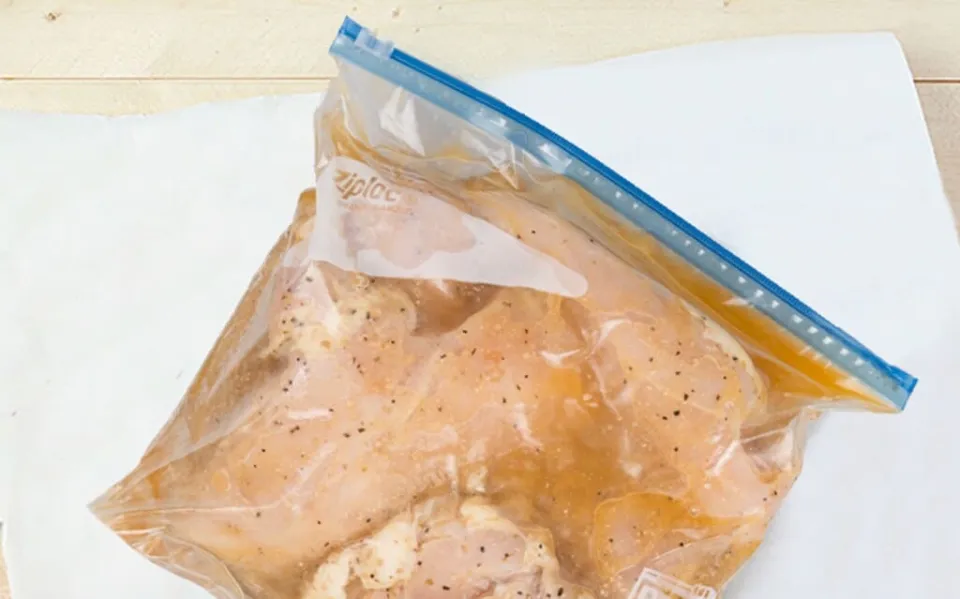
Microwaving a Ziploc bag is very safe as long as you follow the manufacturers guidelines. With safe microwave heating in mind, these bags and containers have been created.
They meet the quality and safety standards of the FDA for chemical, toxicity, and melting characteristics. While Ziploc bags are safe for microwaving, the manufacturer has highlighted the risks involved when these bags are not used correctly.
One such caution is to avoid overheating the bag. Ziploc bags are ideal only for reheating and defrosting meals. Don’t even consider using these bags for cooking in a microwave.
In light of this, it is not suggested to steam food.
As strong as they seem to be, Ziploc bags have a melting point of approximately 90.5 degrees C or 195 degrees F. In the event that you cook food, this temperature will rise to 100 degrees or higher, degrading the bag’s integrity and endangering your food safety.
If Ziploc bags melt, chemical substances will be released into your food and enter your body cells after you eat it. Cancer is known to be caused by hazardous chemical substances that are frequently used to make plastic.
The good news is that safety standards were taken into account when producing Ziploc bags. To avoid these dangerous health issues, you only need to use it properly.
Read More: How Does A Microwave Oven Work – Complete Guide to Use It in 2023
Is It Safe to Reheat Food in a Ziploc Bag?
You can relax knowing that reheating food in a Ziploc bag is safe to do in the microwave. The explanation is that Ziploc bags are made to be microwave-safe and are dioxin- and BPA-free.
Before using these bags to reheat food, make sure that this safety precaution is in place. Most of the Ziploc bags are labeled microwave-safe as inscribed on the packaging.
You’ll also see that they have FDA approval. Furthermore, Ziploc bags are perfectly safe for defrosting frozen meals as these bags don’t release harmful chemicals into your food when reheated at medium to low temperatures for short microwave durations.
However, you must note that continuous reheating of food in a Ziploc bag is highly prohibited. Why? Because steam buildup inside the bag has the potential to cause melting and rupture.
To help avoid pressure and steam buildup, ensure the corner of the bag opening is opened around one inch to allow steam or pressure to escape. Use a microwave-safe dish and the Ziploc bag with its contents on top as directed by the manufacturer when reheating the Ziploc bag in the microwave.
Additionally, when reheating meals with high sugar or fat content like cheese, bacon, and pastries, be extra cautious because they can accelerate high temperatures. Compared to boiling water, which has a maximum temperature of 100 degrees Celsius (212 degrees Fahrenheit), fats and sugars have a higher heat threshold.
To help keep harmful bacterial at bay, always heat leftovers to 74 degrees C or 165 degrees Fahrenheit.
How to Microwave a Ziploc Bag
It’s not always a good idea to microwave a Ziploc bag, as was already stated. However, as long as you can keep the following steps in mind, you can mitigate many of the risks.
1. Choose the Right Bag
There is a line of Ziploc bags labelled “Microwave Safe.” Whether you’re using these or an off-brand option, make sure your bags are designed for use in the microwave. Different bags might melt or leak dangerous chemicals into your food.
A good idea is to carefully read the label on your Ziploc’s packaging to find out more information about how to use it. Some labels will include details on the highest temperatures and other beneficial safety advice.
2. Fill Appropriately
Your Ziploc bag’s contents may enlarge and emit steam when microwaved. That implies that the bag may create a mess and pose a risk even if it is cooked correctly. Making sure it isn’t overly full is the best way to prevent this.
In general, your Ziploc should only be halfway full and the contents shouldn’t rise up near the opening.
3. Place the Ziploc in a Microwave-safe Dish
Because Ziplock bags aren’t designed to stand upright, they are still susceptible to tipping over in the microwave. Additionally, if the bag develops any tiny tears or holes, the liquid could leak out and possibly harm your microwave. To prevent a mess, it’s a good idea to set the bag in a shallow bowl or plate for both of these reasons.
4. Unseal the Bag
When heated, foods with a high moisture content will steam. This will make your food soggy as well as create pressure in the bag which may burst it. Allow at least a tiny opening at the top of the bag to vent steam for both of these reasons.
5. Choose a Low Power Setting
In general, defrosting or reheating food is the only time you should microwave a Ziplock bag. The high temperatures required to cook food can lead to some of the dangers described in the sections above.
To avoid these risks, keep your power settings at 50% or lower. This will be sufficient to quickly warm up or defrost food.
6. Never Overheat
Microwaving small amounts of food should only take 30 seconds or less. Any higher than this could result in dangerously high temperatures inside your Ziplock bag. Microwave for an additional 30 seconds at a time, checking and adjusting the bag as you go, if you need to.
7. Don’t Remicrowave
Even though recycling plastic bags can help the environment, it’s not a good idea to microwave them more than once. The plastic will deteriorate over time, exposing your food to more chemicals and increasing the possibility of leaks.
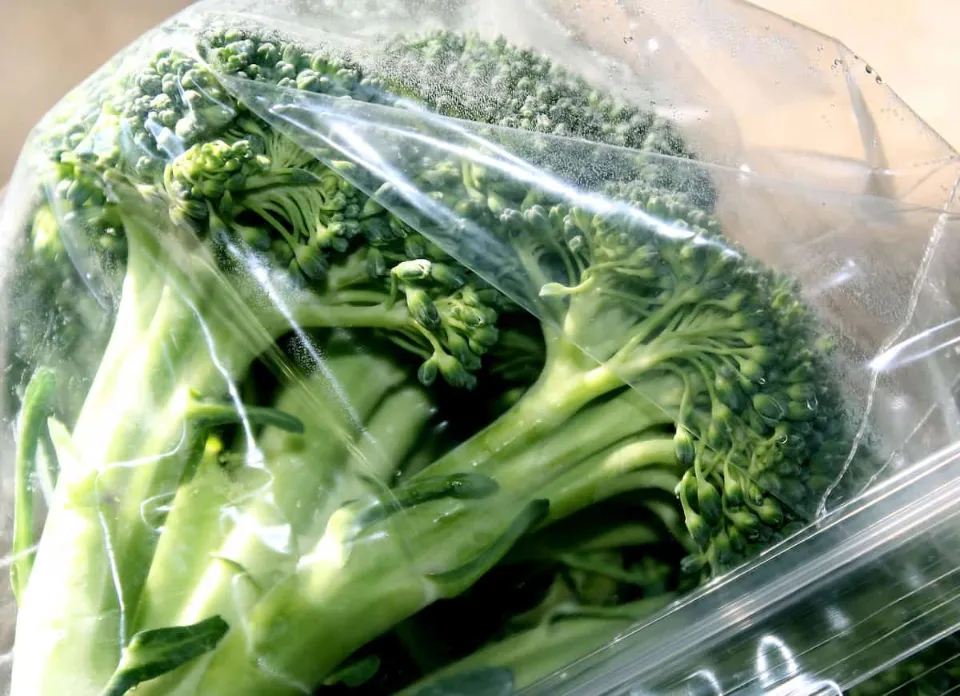
Are Plastic Bags Microwave Safe?
As long as the Ziploc bag is marked “microwave safe,” it is safe to microwave food inside of it. But whenever you microwave plastic, there are always potential health risks and issues.
If you heat or cook with high heat over extended durations of time, the plastic bag may melt and release harmful chemicals that can possibly leach into your meal. Low temperatures can cause soft plastics to melt, which is a risk that many people are unwilling to take.
Thankfully, there are plastic bag choices that are perfect for heating or boiling food. Due to their labeling being FDA-approved and microwave-safe, certain plastic bags have been suggested.
The plastic bags must go through a rigorous testing and analysis process before receiving FDA approval. In order to protect human health, toxic substances, melting temperatures, and other acidic and hot conditions must be manageable.
BPA (Bisphenol A) is one of the substances that have been linked to safety concerns. This chemical ingredient is used to make some plastics, including wraps, cups, and water bottles.
When exposed to high temperatures, plastic bags made with polycarbonate will release Bisphenol A. Unquestionably, this hazardous chemical is frequently discovered in plastic plates, cling wrap, and takeout containers.
For a long time, manufacturers of plastic for microwaves have used BPA-free plastic. On the other hand, single-use disposable containers have gotten away with using BPA in synthetic compounds despite not being advised for heating.
Additionally, PVC-made plastic bags should not be used to heat food because they contain dioxin. This chemical is known to be carcinogenic when exposed to high temperatures.
Low-density polyethylene and high-density polyethylene are both used to make the plastic bags that are safe for microwave use. They are denser plastic types than others, making them potentially safer at higher temperatures.
Because Ziploc plastic bags are made of polyethylene, they are a secure option. This substance is entirely free of BPA and dioxins and does not contain any additives.
Are Sandwich Bags Microwave Safe?
Sandwich bags are another type of plastic bag manufactured by Ziploc. When using the microwave according to the manufacturer’s suggestions, they are also safe.
However, you should avoid using the sandwich bag in the microwave if it is packaged in a regular plastic bag that is not marked as such. Not all plastic or brown bags can be heated in the microwave.
Make sure the sandwich bag has a safety label on the packaging indicating that it is microwave-safe. Additionally, keep in mind that Ziploc brand plastic bags should only be used for reheating and defrosting, not for cooking or steaming.
How Long Can You Microwave a Ziploc Bag?
In general, you shouldn’t microwave a Ziploc bag at full power for more than one minute.
Temperature Limits of Ziploc Bags
Ziploc bags will actually melt at a temperature of around 428°Fortunately, the majority of microwaves limit food heating to 500 degrees F.
So, as long as you’re not cooking something for an extended period of time in a Ziploc bag, it should be safe.
Are Ziploc Bags BPA Free?

For those who are especially safety-conscious, Ziploc offers BPA-free products – from plastic bags and beyond.
What’s the big deal about BPA anyway? BPA is a controversial chemical which has been linked to a number of health concerns, from cancer to obesity.
Since it is prevalent in plastics, it is important to look for BPA-free alternatives whenever possible.
What Are Ziploc Bags Made Of?
PET, also known as polyethylene terephthalate, is the chemical element that makes up Ziploc bags. Because it doesn’t leach chemicals into food, this kind of plastic is frequently used in food packaging.
When reheating or storing food, PET bags keep consumers safer.
Things to Know About Microwave Safe Ziploc Bags
The brand-name item Ziploc bags are excellent for reheating and defrosting food. They are created with polyethylene, a substance free of dangerous substances like BPA and dioxin.
When manufacturer instructions are precisely followed, the specially formulated plastic bags are FDA-approved for safe use in the microwave. Because of this, you can feel secure using them for reheating and defrosting.
Just keep in mind that if not used properly, these bags carry risks that could harm your body or your food. Keep the following in mind to avoid these issues:
- Always double-check the bag’s safety requirements, which are listed on the packaging.
- Only utilize Ziploc bags for defrosting or reheating.
- Before using the microwave, put the Ziploc bag on top of a microwave-safe surface.
- Keep food from being heated above 195 degrees Fahrenheit or 90 degrees Celsius.
- Have a small opening at the corner to allow steam pressure or heat to escape
- Avoid heating or reheating foods with high sugar and fat content.
- You shouldn’t steam or cook food in Ziploc bags.
After taking into consideration all of the context above, it remains clear that using a microwave safe container made of glass or ceramic seems like a better choice for cooking and reheating food.
Ziploc bags can be heated in the microwave without causing any harm. Though they are marked as microwave safe, Ziploc bags may not be the best choice if you have any doubts about using them in a microwave.
Alternatives to Ziploc Bags
There are alternatives, which is good news if you’re wary of using a microwave because of potential health risks or because you dislike the hassle. Try one of these the next time you’re thinking about microwaving a Ziploc.
- Tupperware may be made of plastic, but it is usually thick enough and durable enough to be a better fit for the microwave. However, it’s best to avoid getting them too hot, just like with resealable bags.
- Paperware is an even better option than Tupperware, as it can be heated for as long as you’d like without melting or releasing hazardous chemicals. Naturally, it’s bad for the environment.
- Ceramic Bowls and Plates, as long as they’re microwave-safe, are perfectly suited to microwave use. Although it requires cleaning a dish after use, it’s ultimately the best choice.
Conclusion: Are Ziploc Containers Microwave Safe?
Of course, what started as a simple question – “Are plastic bags microwaveable?” – got very complicated. Voilàcours chevalNeitherstiintastiintastiintastiintastiintastiintastiintastiintastiintastiintastiintastiintastiintastiintastiintastiintastiintastiintastiinta
All of Ziploc’s products are guaranteed to be safe for microwave use. Ziplock bags are included in this. However, make sure that the container is labelled as microwave-safe – which it should be.
Many producers of plastic bags are aware that reheating or defrosting food is one of the main uses for their products. You should be fine if that is your goal and you are using a reputable brand.
Don’t attempt to boil water in them, though.
Let us know if you have any further questions or concerns…we are here to help.
Frequently Asked Questions
Do you still have concerns about using a sealable bag to reheat food? Look at the frequently asked questions listed below.
Can You Microwave IKEA Ziploc Bags?
The line marking on the bag shows a limit that you should not exceed when filling it. Microwave-safe.
What Are Ziploc Bags Made Of?
Low-density polyethylene, used to create both the zip top and the bag, is the material used to make Ziploc bags. The rigid plastic Tupperware and frozen dinners are made of the same material.
Because it can withstand both extreme cold and heat, this substance is ideal. Additionally, it is typically safe to use with food. The only point of caution is that high heat can cause this otherwise safe plastic to release toxins.
Can I Cook Food in a Ziploc Bag?
Few foods can be effectively cooked in Ziplocs because they melt at a low temperature. Vegetables, meat, and eggs all require higher temperatures, which would cause the plastic to melt before the food was completely cooked.
If you want to put a Ziploc bag in the microwave, use it only for reheating or defrosting. This will allow you to bring the food to an edible temperature without overheating the plastic.
Is It Safe to Boil Ziploc Bags?
It is never safe to boil Ziploc bags because boiling takes place well above the melting point of low-density polyethylene. This could contaminate your food and present a safety risk. Also, pouring boiling water into a Ziploc can be especially hazardous and should be avoided.
Check the following guides to learn what kind of materials can be put in the microwave!
